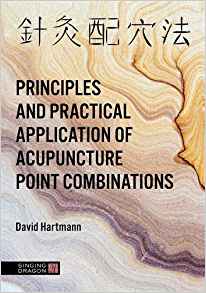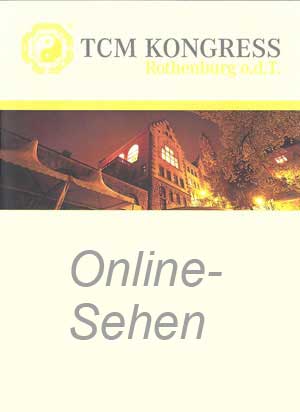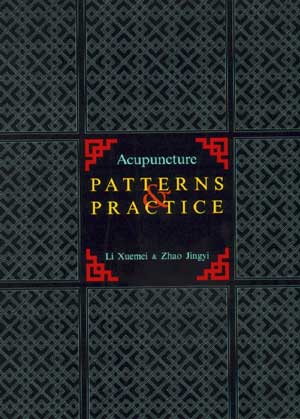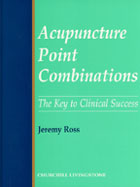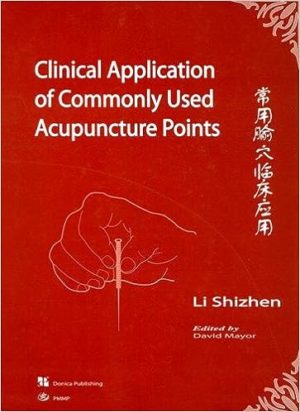Acupuncture point combinations
Books about acupuncture point combinations
Guide to point combinations
Acupuncture point combinations, such as Jeremy Ross, acupuncture point combinations and Shudo Denmei or Bernot, describe when the acupuncturist should rather address the cause and when he should address the energetic effect of acupuncture. The combination of different points has a stronger effect than needling the acupuncture points individually.
Jeremy Ross manages to solve the knot of confusion with his book. He gives an exact instruction regarding the principles and practice for the development of point combinations in acupuncture. Ross shows you the way to the right point selection in your treatment of various diseases through his clear and understandable approach.
The following points need to be highlighted: The theoretical principles underlying the creation of point combinations, e.g. disease causes, energetic centers, personality types, point types, treatment according to the Five Elements and the Extraordinary Meridians.
Overview of point combinations
The point combinations with the most important acupuncture points are presented clearly and concisely and summarized in tables suitable for use in everyday clinical practice. Point combinations for the treatment of diseases in the following areas are listed:
- Respiratory tract
- locomotor apparatus
- digestive system
- urogenital tract
- male sexuality
- Obstetrics and gynaecology
- eyes
- Ears and face
- Skin and mental disorders
The detailed index allows quick access via point, meridian or syndrome names. This book is suitable for everyone who is learning acupuncture or is already working in practice.
Bernat’s book on acupuncture combinations shows that acupuncture points are usually chosen on the basis of symptom-related meridian points. The acupuncture point combination then covers the syndrome pattern underlying the symptom. This optimizes the effectiveness of the acupuncture treatment according to the patient’s basic disposition. Access and delimitation of the individual combinations are mentioned, which indications and clinical leading symptoms are used or which classical syndromes are the basis. Thus also the western trained acupuncturist gets a quick access to the indicated acupuncture concept. In total, the 188 individual combinations are consistent:
- Origin
- point specifications
- practical execution
- function
- leading symptoms
- comments
- Clinical applications and
- Proposals for modifications
is set up.

